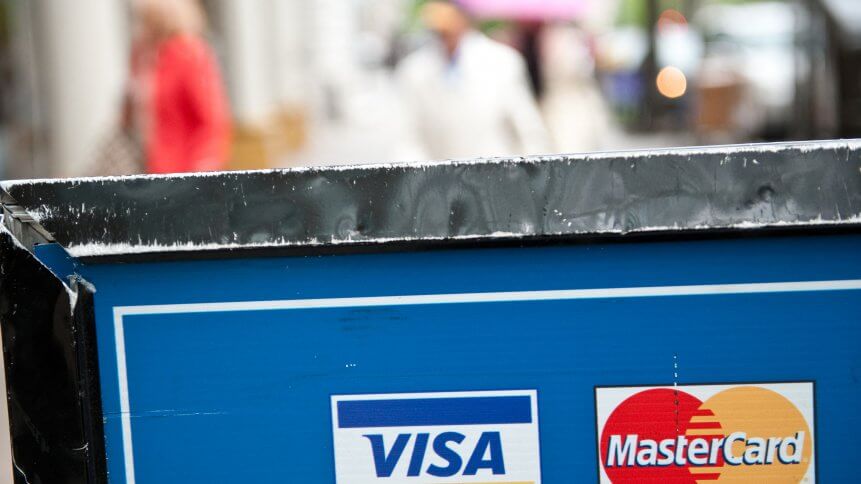Visa launches platform to test out central bank digital currencies

- Visa will begin piloting a central bank digital currencies program with blockchain software firm ConsenSys.
- The company is also working with more than 60 crypto platforms to issue cards linked to digital currencies like USD Coin.
In September 2020, American payments giant Mastercard released a platform that allows central banks to test how proposed central bank digital currencies (CBDCs) would work in real life. Now, another fellow US-based payments titan Visa joins the bandwagon and will soon be providing a virtual testing environment that can simulate issuance, distribution and exchange of CBDCs.
If it proves something–it is that interest in central bank digital currencies have definitely accelerated. In fact, in the past few years, a growing number of central banks have been exploring new financial technologies and how they might enhance the stability, resiliency and efficiency of financial systems.
So in the face of an increasing number of governments considering central bank digital currencies–with some like Nigeria already at the implementation stage–it’s not surprising that Visa and Mastercard are positioning themselves for the future of digital payments.
How will Visa’s platform work for central bank digital currencies?
For starters, Bloomberg reported that the card payment provider is collaborating with ConsenSys Inc., a blockchain software company, to begin piloting the program this spring. It was decided after Visa’s discussions with approximately 30 central banks regarding goals related to government-backed digital currencies.
ConsenSys, which is being led by Ethereum co-founder Joseph Lubin, has worked with several central banks to test CBDCs including the Hong Kong Monetary Authority, the Reserve Bank of Australia, and the Bank of Thailand.
To Visa, in the words of its head of crypto Cuy Sheffield, “We think that stablecoins and CBDCs will coexist in the future and there’ll be a number of different approaches to creating products based on that.” To top it off, Visa has also been working with more than 60 crypto platforms to issue cards linked to digital currencies like USD Coin, a stablecoin issued by a consortium that includes Circle Internet Financial Inc.
Mastercard on the other hand launched the virtual testing environment in 2020. The platform can simulate issuance, distribution and exchange of CBDCs between banks and financial service providers, as well as end-consumers purchasing everyday goods and services.
In a statement then, Mastercard said the new protocol would help financial institutions understand the feasibility of CBDCs and allow them to explore new use cases, including issuance at a local or regional level. They can even further evaluate compatibility with existing payment rails such as payment cards.
So far, globally, Nigeria and the Bahamas are among the few countries already circulating CBDCs. China on the other hand is gradually piloting a digital yuan at a larger phase and plans for an international roll out during the Beijing Winter Olympics.










